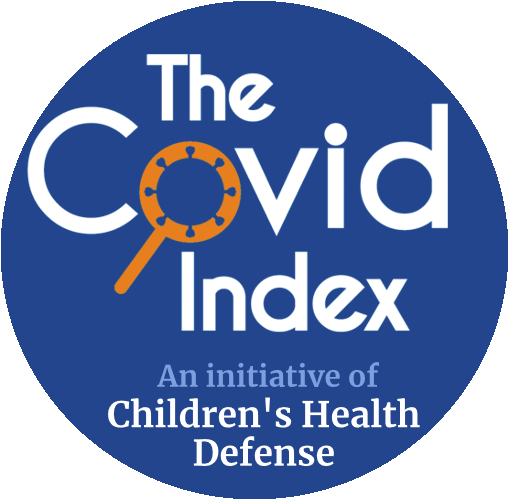"Introduction
Myasthenia gravis (MG) is a rare autoimmune neurological disorder characterized by defective transmission at the neuromuscular junction (NMJ) resulting in fatigable muscle weakness of isolated or multiple muscle groups that becomes worse with exertion but improves with rest... The pathogenesis of the disease stems from the generation of autoantibodies against the acetylcholine receptors (AChRs) at the postsynaptic membrane of skeletal muscles... Certain precipitating factors such as systemic infections, pregnancy, antibiotics, metabolic disorders, and sedatives may result in an acute exacerbation of MG, which is manifested by progressive respiratory and bulbar muscle weakness leading to acute decompensation with aspiration and respiratory failure. This life-threatening complication of MG is known as a myasthenic crisis.
Here, we describe a case of a 55-year-old male who developed a fatal myasthenic crisis suspected to be induced by the COVID-19 vaccine.
Case Presentation
... Two weeks after taking the first dose of the ChAdOx1-S (recombinant) vaccine... the patient reported dysphagia, dysarthria, and breathlessness for a further period of three weeks during which the condition of the patient deteriorated as the symptoms worsened...
[T]he patient sustained three further myocardial infarctions [heart attacks] the next day leading to death...
Discussion
The plausible explanations for the induction of a myasthenic crisis by the COVID-19 vaccine may be attributed to two possible mechanisms: molecular mimicry, and bystander activation. In the former, antigens produced from the mRNA vaccine are recognized by the body as being similar to host tissue antigens resulting in the formation of antibodies that are cross-reactive to both the COVID-19 virus as well as proteins present at the post-synaptic membrane... In the bystander hypothesis, a previously existing self-antigen is released after activation of the immune system by the vaccine thus resulting in activation of T-cells. This immune response leads to enhanced targeting and destruction of proteins at the NMJ, resulting in further deterioration of the condition. Given the present case, the bystander hypothesis is more applicable due to the existing diagnosis of MG; however, molecular mimicry may have also been involved in the exacerbation of the disease."
© Copyright 2022 Sonigra et al.
This is an open access article distributed under the terms of the Creative Commons Attribution License CC-BY 4.0., which permits unrestricted use, distribution, and reproduction in any medium, provided the original author and source are credited.
